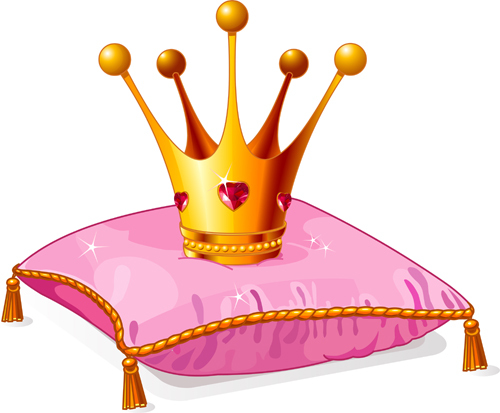Breaking
No princes required: Daughters help inspire independent Disney princesses not seeking romance
LOS ANGELES – A Disney princess no longer needs a prince to experience true love.
Sisterhood saves the day in “Frozen.
” Motherly love breaks an evil spell in “Maleficent.” A little girl’s love of her own life is a focus of Pixar’s next film, “Inside Out.”
Where romance was once the goal of the cinematic princess (think “Cinderella” and “Sleeping Beauty”), Disney – long a key purveyor of princess ideology – is shifting its lens toward independent female protagonists defined by broader criteria than how they relate to men. Filmmakers, inspired by their daughters, hope the shift might change some real-life perspectives, too.
“All these Disney heroines, the princesses, they’re a product of their time,” said Linda Woolverton, who wrote “Maleficent,” released on DVD Tuesday. “The princesses that were created in the 1940s and ’50s, they were the best of what a woman should be then: You’re the good girl. You took abuse … and through it all, you sang and were nice.
“But we’re not like that anymore. We kick ass now.”
Woolverton reflects that in her work, which includes screenplays for “Beauty and the Beast” and “Alice in Wonderland.” She thought of her love for her daughter when writing the twist on true-love’s kiss in “Maleficent,” she said.
“It’s different than any kind of romantic love,” she said, “and it would be more powerful in breaking a spell than any other kind of love.”
Don Hahn, an executive producer of “Maleficent,” said it would be “totally inappropriate” to have a modern Sleeping Beauty rescued by Prince Charming.
“We can’t put a movie on the screen where the protagonist is asleep through half the movie and only wakes up when a man wakes her up and tells her, ‘OK, you can start your life now,”’ he said. “I don’t want to tell my daughter that story.
”
Jennifer Lee also was thinking of her daughter when writing and directing “Frozen.” She wanted to create characters they both could relate to, and felt the bond between sisters would be more accessible to a young girl than the lure of romantic love. Lee also wanted to reflect the real girls she knows, which meant leaving familiar princess tropes behind.
Though Anna initially seeks a prince, she, like Elsa, is ultimately motivated by familial love. The two lead characters weren’t originally written as princesses, Lee said.
“We did it to add pressure to them,” she said. “In Cinderella’s case, becoming a princess is the happily ever after. In our case, becoming a princess put the pressure on them because they’re responsible for an entire kingdom.”
Meanwhile, “Cinderella” is getting a face lift from Disney, with an updated, live-action version due out in 2015. The following year, the studio is releasing the animated “Moana,” centring on a female island adventurer. Pixar’s “Inside Out” is set for release next summer.
Writer-director Pete Docter said his daughter inspired the Pixar movie, which tells the story of an adolescent girl growing up from the perspective of the emotions inside her head. The tale has nothing to do with her finding romance, he said.
“That’s not part of my daughter’s story,” he said. “This story is about becoming and getting older.”
Hahn acknowledged some concern among producers about how Disney traditionalists might view these evolved princesses.
“We thought the purists, the Disney fans, what are they going to think? Because you’ve got to have your prince and all that,” he said. “But the idea is yeah, you can have your prince, but that’s a component of your life.”
Feminism pioneer Gloria Steinem said such independent female characters can make a difference in real-life gender perceptions.
“If we can see it, we can be it,” she said. “If we don’t see it, we don’t know we can.”
It has paid off at the box office. “Frozen” has brought in more than .
2 billion globally, making it the fifth highest grossing movie ever, according to box-office tracker Rentrak. “Maleficent” was a hit over the summer, with $750 million in worldwide ticket sales.
Lee hopes seeing independent girls on screen valued for strength and with goals beyond romance, will help real-life girls avoid the pressure of trying to meet an idealized female image.
“The more we create real characters that are flawed and messy, we won’t waste our time with all that stuff and we can just get on with living,” she said.
Woolverton expects more realistic and empowered female characters as more women find work as writers and directors.
“Naturally, women as artists are portraying themselves as protagonists,” she said. “The protagonist doesn’t stand behind anyone else. … They lead on their own.”
Hahn believes seeing independent female characters benefits both girls and boys – “that you don’t have to be a man to be an engineer or a scientist and you don’t have to be a woman to be a great cook or raise children.”






















